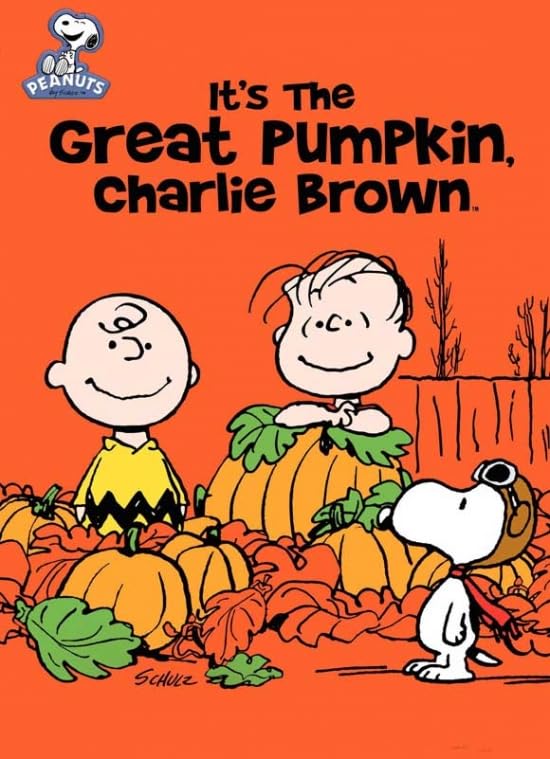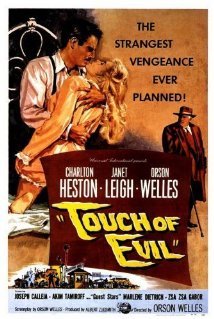“A Touch of Genius”

| None | Light | Moderate | Heavy | |
|---|---|---|---|---|
| Language | ||||
| Violence | ||||
| Sex | ||||
| Nudity |
Content:
(BB, L, VV, S, AA, DD, C, O, M) Moral worldview that upholds justice & shows crooked policeman being defeated; 1 mild obscenity & no profanities or blasphemies; man hides bomb in car that blows up off-screen killing two people, man tries to throw acid in detective’s face, uncle slaps nephew several times, policeman slaps suspect onscreen & punches him off screen, gang kidnaps woman from motel room, policeman murders local mobster to frame rival policeman, & two policemen shoot each other & die; scenes of implied sexual threats, sexual innuendo & scary sexual harassment from voyeur; no nudity but woman in underwear & in nightgown; alcohol use & abuse; smoking, marijuana shown & discussed, heroin use implied, & forced heroin use threatened; and, man sings, “When the roll is called up yonder” & Jesus Saves sign shown in several scenes, two references to Tarot Cards, fortune-telling & crystal balls in dialogue & Tarot Cards shown, lying, cheating, blackmail, racism, & policeman fakes evidence against people.
More Detail:
In the movie, Welles plays obese Hank Quinlan, a corrupt, alcoholic policeman in a seedy town on America’s southern border with Mexico. The murder of a VIP from a car bomb planted in Mexico leads to a clash between Capt. Quinlan and Miguel “Mike” Vargas, a young, international narcotics cop from Mexico played by Charlton Heston. Vargas catches Quinlan falsifying evidence against the Mexican lover of the VIP’s daughter. To save his phony reputation, Quinlan teams up with the slimy de facto leader of a Mexican crime family, played by Akim Tamiroff, to blackmail Vargas and his lovely bride Susan, played by Janet Leigh.
Tamiroff’s character, Uncle Joe Grandi, tempts Quinlan with liquor. Quinlan falls off the wagon, and Vargas gathers evidence to support his charge against Quinlan. Meanwhile, a group of Grandi’s leather-jacketed nephews torments Susan in a secluded motel run by a quirky night manager, played by Dennis Weaver in one of the most unique, weird and fantastic character bits ever put on celluloid. The nephews kidnap Susan from her hotel room, and, in a plot device that is explained but not shown, fill her clothes with the smell of marijuana smoke and shoot her up with sodium pentethol, a drug that will put her in a groggy stupor simulating heroin addiction.
In the movie’s most disturbing scene, a drunken Quinlan reveals that he has murderous plans of his own for Uncle Joe Grandi, plans that will put Vargas and his wife in an even more precarious position. Vargas, however, hatches a plan of his own with the help of Quinlan’s long-time partner and friend Pete Menzies, played by Joseph Calleia in a touching portrayal. Both plans converge at a deserted bridge in the movie’s riveting climax.
Filled with eccentric but believable performances by nearly everyone, this new TOUCH OF EVIL is a more fully realized version of Orson Welles’ vision. With a few important differences, it follows closely a “restored” version released on video several years ago. The best change compared to that version is the removal of some intrusive credits in the movie’s extended opening sequence where the car with the bomb meanders through the border town’s streets while Vargas and his wife enjoy the night air amidst all sorts of wonderful street sounds. After the car bomb explodes, all the underlying menace and violence it signifies comes burst forth, disrupting the romantic lives of the hopeful newlyweds.
Like most of Welles movies, TOUCH OF EVIL is a modern-day Shakespearean tragedy. Both Quinlan and his partner Pete have tragic, sympathetic flaws that cause their dizzying downfall. Quinlan is haunted by the tragic death of his young wife, caused by a killer he failed to catch. The movie hints that this is the source of Quinlan’s alcoholism. Sober for many years, Quinlan is now trying to make up for his tragic failure by catching as many criminals as he can, using almost any means at his disposal. Of course, Quinlan is never the one who finds the tainted evidence; it is always his partner Pete, who blindly idolizes the corrupt captain.
An interesting point to note is that, like Oedipus in the famous Greek tragedies that preceded Shakespeare, Capt. Quinlan is lame in one leg. This forces him to walk with a cane, a cane that becomes an important plot device in two important sequences in the movie. The cane actually becomes the fatal wedge dividing Pete and Quinlan. It eventually precipitates their final downfall.
TOUCH OF EVIL takes a moral view of these two men’s fall from grace because it upholds justice and shows crooked police work being defeated by a scrupulously honest policeman, the heroic Vargas. The movie includes, however, a violent strangulation scene, disturbing sexual threats and perhaps the most devious blackmail plot in all cinema. MOVIEGUIDE therefore advises discretion for older children.
Despite this, TOUCH OF EVIL remains an influential masterpiece of crime fiction. With mesmerizing music by the late, great Henry Mancini, it not only influenced people like Blake Edwards, who went on to make ground-breaking TV shows such as PETER GUNN (another tour de force by Mancini) and stylish movies like EXPERIMENT IN TERROR and the PINK PANTHER series, but also countless modern filmmakers. Many of those filmmakers have forgotten the positive moral qualities of this film by the one and only Orson Welles. Let us pray they realize that those qualities also belong to Orson’s legacy.


 - Content:
- Content: 



